STRUCTURED PLAY
Being an informed parent, you must have heard about the advantages of ‘structured play’ during early child education. ‘Play’ and ‘education’ in the same sentence sounds really strange !!! Can a child educate him/herself while playing a game or having fun? The answer is yes. ‘Structured play’ is exactly that.
‘Structured play’, or ‘play with a purpose’, is any activity that offers your preschooler a specific learning objective. It could be learning a certain life skill like teaching the months of the year or working on important physical abilities such as gross and fine motor skills. For example, most games, puzzles, construction toys and organized sports are structured activities. Shape or color-sorting toys – where your little one must fit the blue triangle piece into the blue triangle-shaped hole – help her work on her matching and sorting skills.


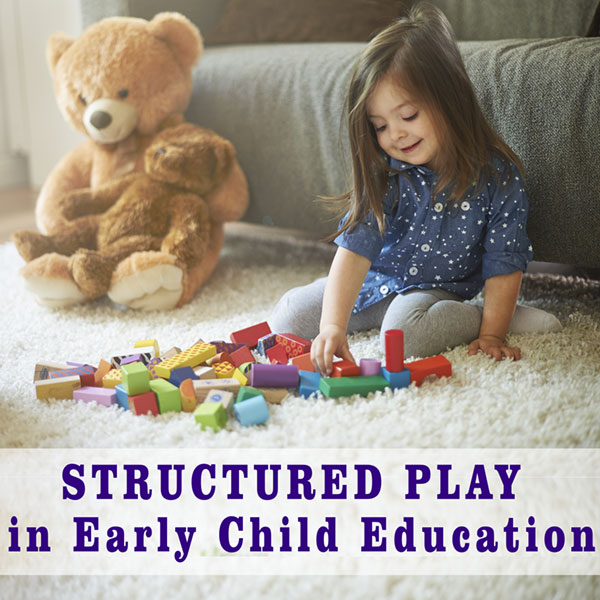


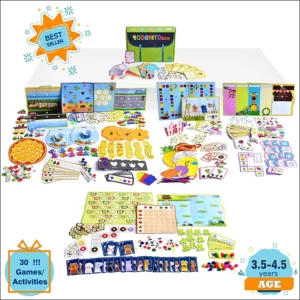
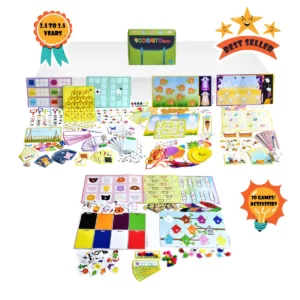

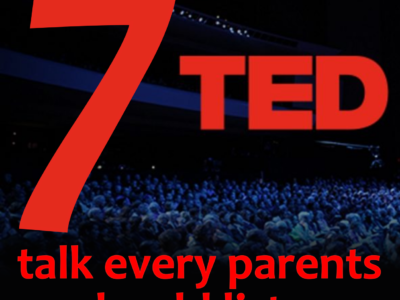
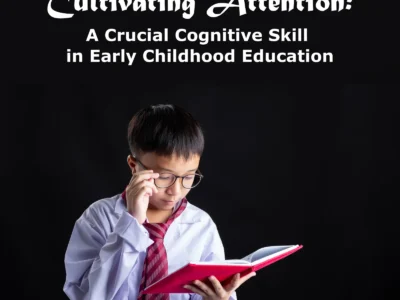
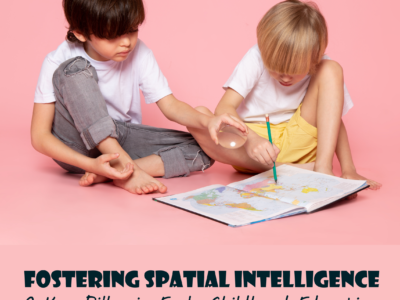
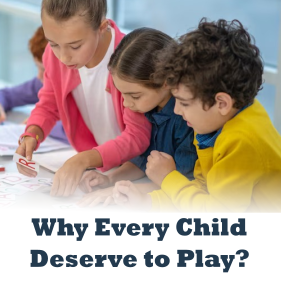

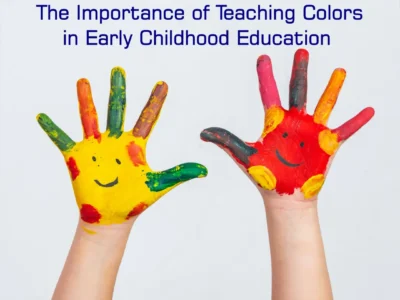


 Cultivating Attention: A Crucial Cognitive Skill in Early Childhood Education
Cultivating Attention: A Crucial Cognitive Skill in Early Childhood Education  Window of opportunity in early child development
Window of opportunity in early child development  STRUCTURED PLAY in Early Child Education
STRUCTURED PLAY in Early Child Education  Why Every Child Deserve To Play?
Why Every Child Deserve To Play?  The Kaleidoscope of Learning: Nurturing Visual Perception Skills
The Kaleidoscope of Learning: Nurturing Visual Perception Skills 
Recent Comments